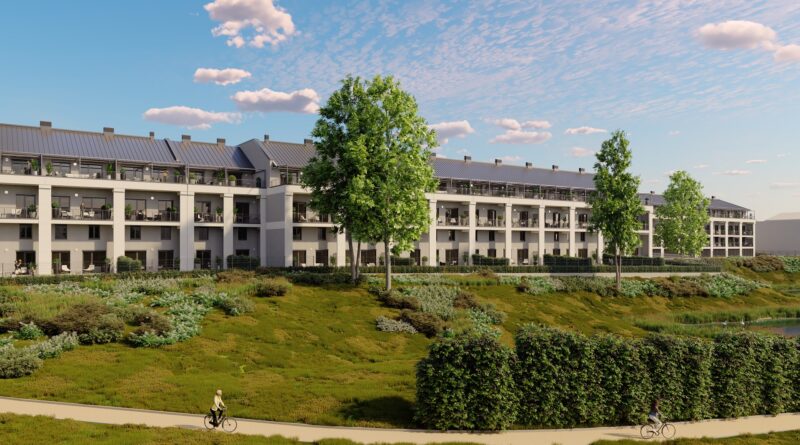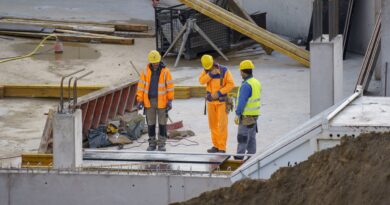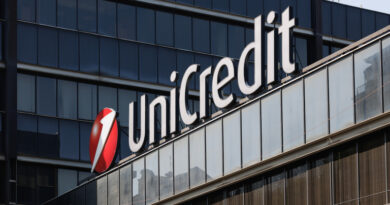Stabilization on the industrial real estate market
Budapest’s industrial real estate market performed in line with expectations in 2011, showing stable and balanced activity at a relatively low level. Supply and demand, as well as rents, were mostly stable during the year, with a slight improvement noticeable toward the end of the year.
„In line with Colliers’s forecast, speculative developments decreased sharply in 2011, while demand was largely similar to the previous year.” – said Tamás Beck, director of Industrial Agency at Colliers International Hungary. Supply remained virtually unchanged during 2011, with only one building delivered in the second half of the year in pre-lease transactions. Thus, the overall stock of industrial space built for lease in Budapest and its vicinity stood at 1.807 million sq m at the end of 2011. The stock consists of around 90% “big box” buildings, while city logistics projects make up the remaining 10%. Developers continue to be quite passive toward the market, holding to the position that they will not launch new projects until there is limited vacant space on the market. However, there is ample available vacant land capacity, so if there is demand, they would be able to react quickly to market developments and build new buildings relatively quickly.

Take-up during 2011 showed strong demand, with the volume of new lease transactions estimated to be around 150,000 sq m, which is essentially in line with 2010 figures. Within this, expansion of existing tenants comprised around one-third of all new contracts, while pre-lease transactions amounted to nearly 12,000 sq m. “Large-scale transactions remained few and far between on the market, as logistics companies are still not active players on the demand side at present, thus there were only a few deals for space of more than 5,000 sq m.However, on a positive note, there were an increasing number of transactions in the 3,000–5,000 sq mrange compared to 2010, thus the average size of lease transactions also increased a little in Colliers’s view.” – commented Tamás Beck.
Similar to previous years, there were also many renegotiations and extended leases last year. The volume of these deals amounted to around 176,600 sq min 2011. While this remains a significant proportion of the market, new lease transactions have all but caught up to it in volume compared to previous years when renegotiations at times amounted to double or even triple that of new contracts. Overall, the lease market is showing relatively strong demand activity, with many firms looking for adequate space and scouting for opportunities, but staying cautious and thus leaving much of the demand unrealized. The amount of empty space available is still fragmented in Budapest and its vicinity. While it is relatively easy to find 1,000–4,000 sq mof leasable space, there are only a few locations where more than 10,000 sq m, and specifically where more than 15,000 sq m,of continuous space is available.
Rents did not show any visible change last year, as offered headline rents for big box buildings remained stable. However, there have been some examples in the case of certain projects where prices seem to be showing a slight upward movement and owners are starting to show less flexibility in relation to contract terms. “For 2012, we expect that the trends seen last year will continue this year as well without any significant changes, with the market continuing to show relative stability at a low level of transactional intensity.There are no significant new speculative developments expected at present, while take-up is not seen to significantly increase either compared to 2011. Vacancy may show a continued slight gradual decline toward the 20% mark this year, even maybe below that. – summarized Tamás Beck.
































